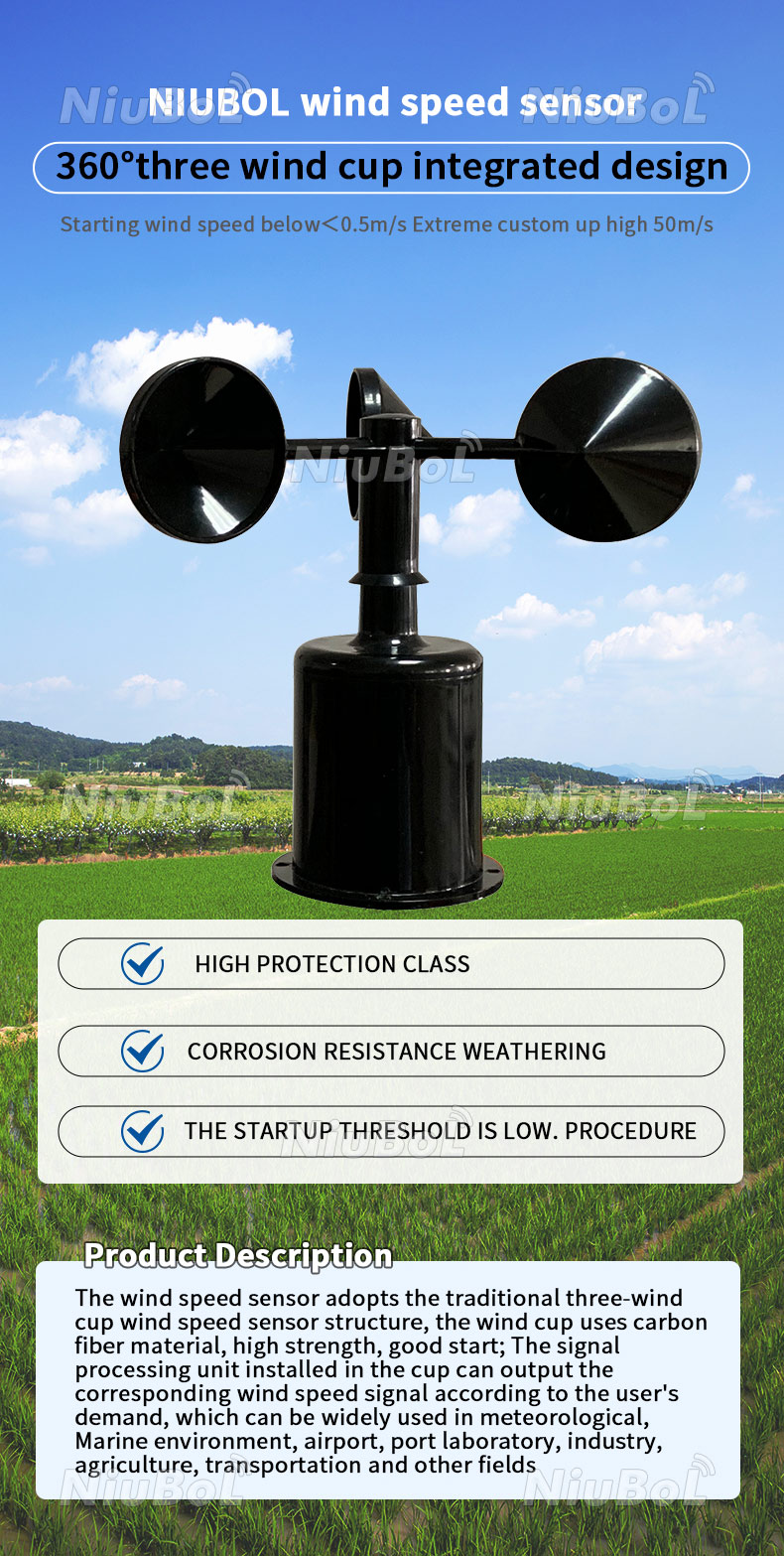Choosing the Right Anemometer: A Comprehensive Acquiring Guide
Choosing the Right Anemometer: A Comprehensive Acquiring Guide
Blog Article
All You Need to Understand About Anemometers: How They Function, Why They Matter, and Where to Utilize Them
Anemometers, though often neglected in the world of scientific instruments, play a critical duty in numerous areas, offering beneficial insights right into wind rate and airflow patterns. Understanding the mechanics behind these gadgets is vital for any individual looking for to harness the power of this data. From meteorologists tracking climate patterns to designers making structures with wind lots in mind, the applications of anemometers are diverse and significant. As we explore the complexities of anemometer modern technology, we will certainly discover the inner workings of these gadgets, their importance, and the key factors to consider when picking the best anemometer for particular applications.

Anemometer Fundamentals
A vital instrument used to determine wind speed and instructions, the anemometer plays an essential duty in weather forecasting and various markets. An anemometer commonly includes three or four cups that rotate in the wind, a vane that points into the wind, and sensors to track the rotations or motions. By computing the rotations or movements over a particular time duration, the anemometer can determine wind rate. The vane helps establish wind instructions by aiming into the wind, supplying important data for weather condition projecting, air travel, maritime procedures, environmental tracking, and wind energy applications.
There are different sorts of anemometers available, consisting of cup anemometers, vane anemometers, hot-wire anemometers, and sonic anemometers, each with its one-of-a-kind functions and applications. Mug anemometers are generally made use of for fundamental wind speed measurements, while vane anemometers are liked for directional dimensions. Hot-wire anemometers are appropriate for reduced airspeeds, and sonic anemometers are optimal for high-precision dimensions in study and industrial settings. Comprehending the essentials of anemometers is crucial for precise wind data collection and analysis across various fields.
Concepts of Anemometer Procedure
Building on the fundamental understanding of anemometer basics, the concepts of anemometer procedure elucidate the mechanics behind wind rate and instructions measurements. Mug anemometers, for instance, have 3 or even more mugs that capture the wind, creating them to spin much faster as the wind speed rises. Hot-wire anemometers depend on a warmed cable that cools down as wind passes over it, with the price of cooling down check here establishing the wind rate.
Importance of Anemometers
Anemometers play an essential duty in gauging wind speed and instructions, giving important data for climate projecting, climate studies, environmental monitoring, and aviation operations. Meteorologists count on anemometers to gather exact wind data, assisting them understand climate patterns, predict storms, and Extra resources concern prompt cautions to the public. Wind farm operators use anemometers to assess wind problems and optimize power manufacturing from wind generators.
Applications Throughout Different Industries
Applications of anemometers extend throughout varied sectors, showcasing their convenience and utility beyond weather forecasting. In the eco-friendly energy field, anemometers play an essential duty in assessing wind conditions for wind ranch positionings, making certain optimum energy manufacturing. Industries like building and construction and mining use anemometers to keep track of wind rates, crucial for safety methods, particularly when operating at elevations or in open-pit mines where solid winds can position dangers. Anemometers are also important in the air travel sector, assisting pilots in recognizing airspeed and wind instructions for secure take-offs and touchdowns. The maritime sector advantages from anemometers for ship navigation, assisting sailors expect climate changes and adjust routes as necessary. In agriculture, anemometers assist farmers in handling crop splashing by giving real-time data on wind rate to avoid drift. In addition, anemometers discover applications in a/c systems to enhance air movement and enhance energy performance in buildings. The varied usage instances of anemometers highlight their value across numerous sectors, highlighting their indispensable role in improving operational safety and performance (anemometer).

Choosing the Right Anemometer for Your Needs
Choosing the appropriate anemometer tailored to your specific requirements is vital for obtaining accurate wind speed and direction measurements. When Homepage picking an anemometer, think about variables such as the designated application, required dimension variety, ecological problems, and wanted features. For basic objectives, a mug anemometer appropriates for measuring wind rate, while a vane anemometer provides wind instructions data. Hot-wire anemometers are optimal for reduced airspeed measurements, and ultrasonic anemometers provide high precision and longevity.

Conclusion
In conclusion, anemometers play an essential role in measuring wind speed and direction across numerous industries. It is important to think about the significance of anemometers in order to make informed decisions when choosing the most appropriate gadget for determining wind conditions.
There are numerous types of anemometers readily available, consisting of cup anemometers, vane anemometers, hot-wire anemometers, and sonic anemometers, each with its unique attributes and applications. Cup anemometers are frequently used for fundamental wind speed dimensions, while vane anemometers are liked for directional measurements. Hot-wire anemometers are ideal for low airspeeds, and sonic anemometers are optimal for high-precision measurements in research study and commercial settings.Building on the foundational understanding of anemometer essentials, the principles of anemometer operation clarify the auto mechanics behind wind speed and instructions measurements. For basic objectives, a mug anemometer is suitable for measuring wind speed, while a vane anemometer gives wind direction data.
Report this page